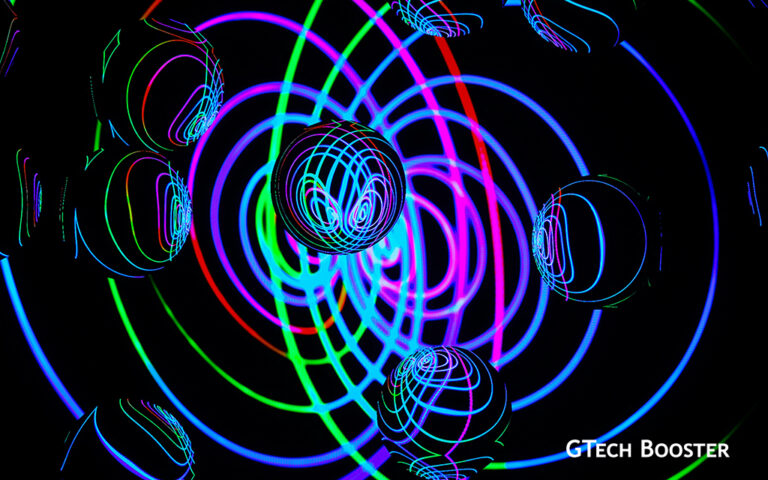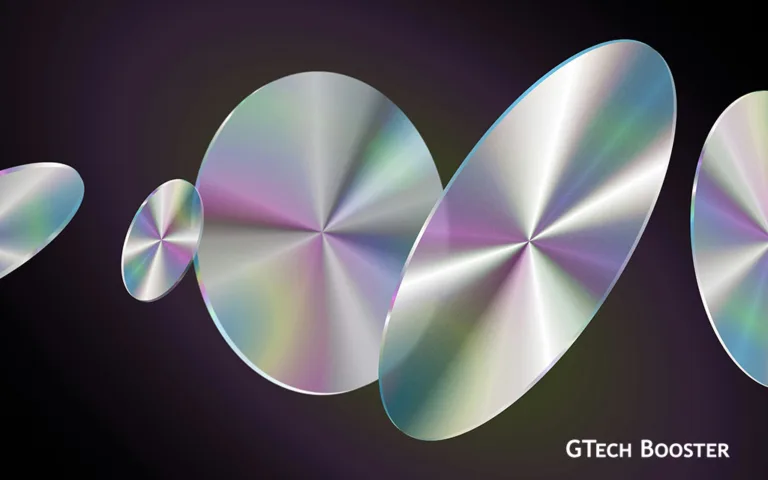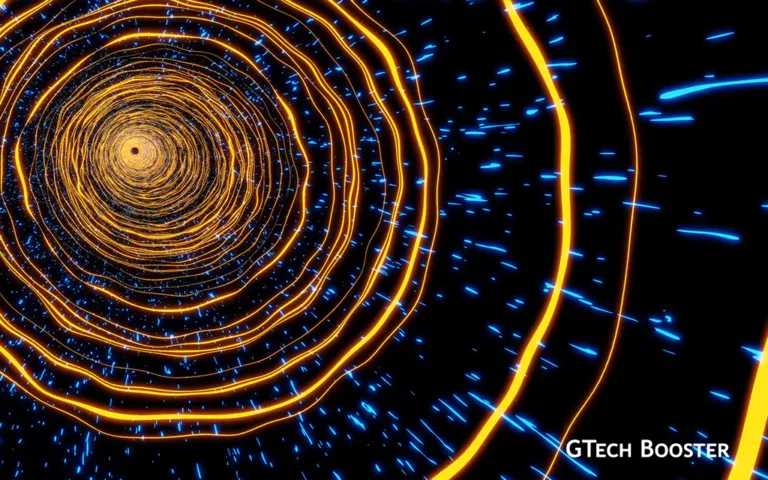The Aspect experiment
Aspect experiment is a replication of the experimental test of Bell's inequalities conducted by Clauser, Holt, and Fry. Aspect used two tunable lasers to excite the sample, which provided a source of higher efficiency.

The Aspect experiment, conducted by physicist Alain Aspect and his colleagues in the early 1980s, was a groundbreaking experiment that tested Bell’s inequalities and provided strong evidence for the violation of local realism.
In the experiment, Aspect and his team measured the polarization correlation of entangled photons emitted in a calcium atomic cascade. The experiment involved selectively pumping calcium atoms to an excited state using lasers and then measuring the polarization of the emitted photons.
The results of the Aspect experiment showed a violation of Bell’s inequalities, which are mathematical inequalities that would hold true if local realism were valid. The violation of these inequalities indicated that the correlations between the entangled photons could not be explained by local hidden variables and supported the predictions of quantum mechanics.
The Aspect experiment was significant because it provided experimental evidence for the non-local nature of entanglement and confirmed the predictions of quantum mechanics. It helped establish quantum entanglement as a fundamental aspect of quantum theory and has had a profound impact on our understanding of the nature of reality.











